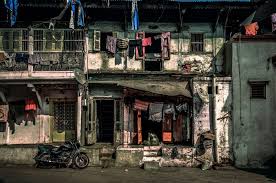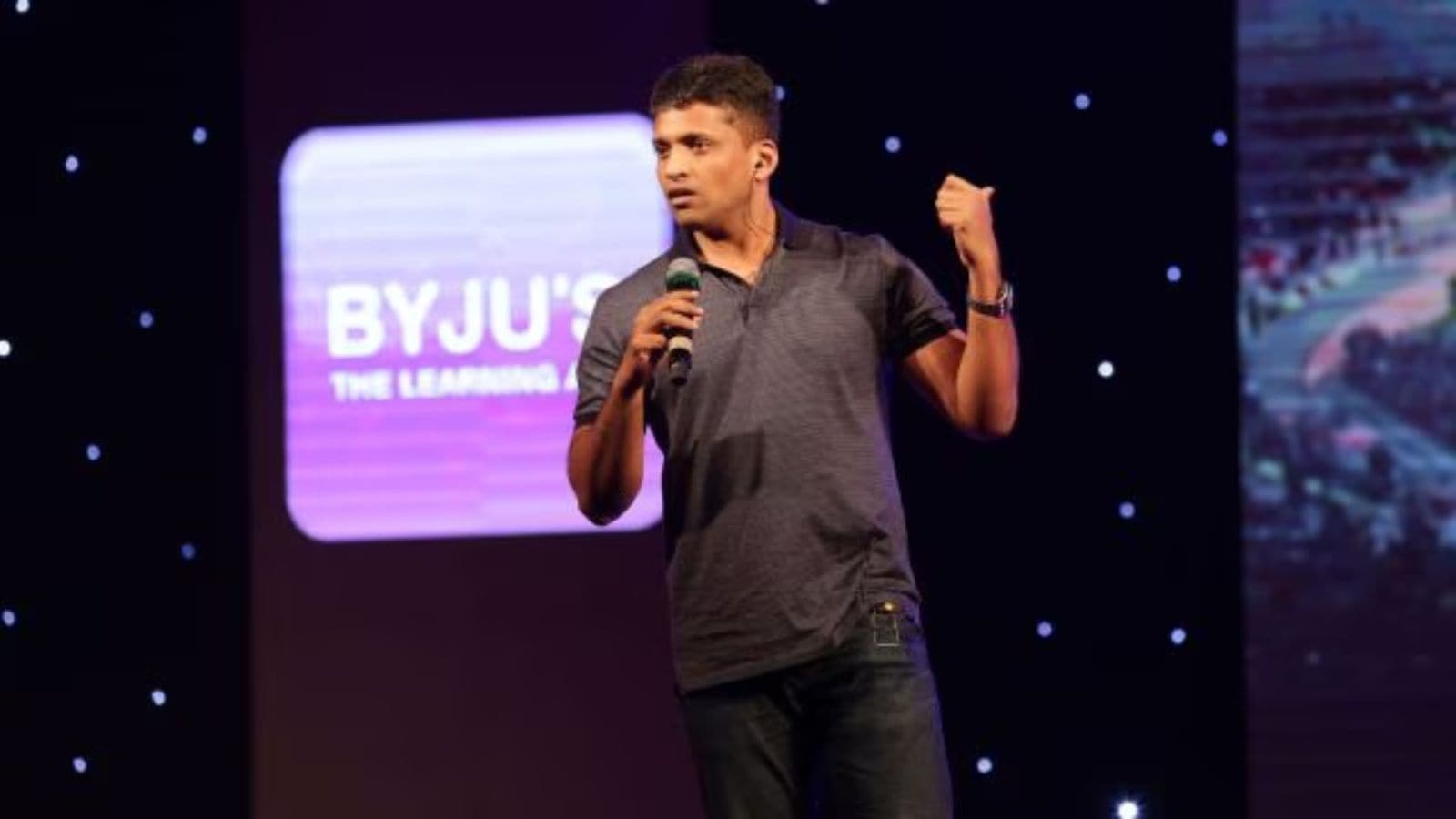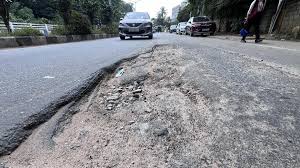
Updated Poverty Line in India: A New Perspective
India's understanding of poverty has undergone significant changes over the years, especially with the recent updates to the Rangarajan poverty line. This line, established by a committee led by C. Rangarajan in 2014, defined poverty in terms of monthly per capita expenditure. The updated poverty lines indicate a shifting landscape in how we view poverty across various states.
Recent research from the Reserve Bank of India's Department of Economic and Policy Research highlighted substantial improvements in poverty levels in states like Odisha and Bihar. Between 2011 and 2023, Odisha saw a remarkable drop in rural poverty from 47.8% to 8.6%. Bihar also made strides in urban poverty reduction, with figures plummeting from 50.8% to 9.1% during the same period.
However, not all states experienced such dramatic changes. Kerala and Himachal Pradesh reported the smallest declines in poverty rates, though they still maintain relatively low poverty levels. In 2022-23, rural poverty in Kerala was at 1.4%, while Himachal Pradesh had urban poverty at 2%. These statistics highlight the disparities between states and the varied progress made in tackling poverty.
The focus is now shifting from traditional income-based poverty lines to a more comprehensive understanding of poverty through the Multidimensional Poverty Index (MPI). This approach considers factors beyond mere financial resources, such as health, education, and living standards. The Indian MPI evaluates poverty through 12 indicators, including nutrition, education levels, and access to basic services like water and sanitation.
According to government reports, about 24.82 crore people have escaped multidimensional poverty in the past nine years, with the rate dropping from 29.17% in 2013-14 to 11.28% in 2022-23. This shift indicates a broader understanding of poverty and the recognition that economic measures alone may not fully capture the challenges faced by the poor.
In conclusion, the evolution of poverty measurement in India reflects the complexities of poverty itself. As new methodologies emerge, it becomes increasingly essential to adopt a multidimensional perspective that encompasses various aspects of well-being, ensuring that policies effectively address the diverse needs of the population.











